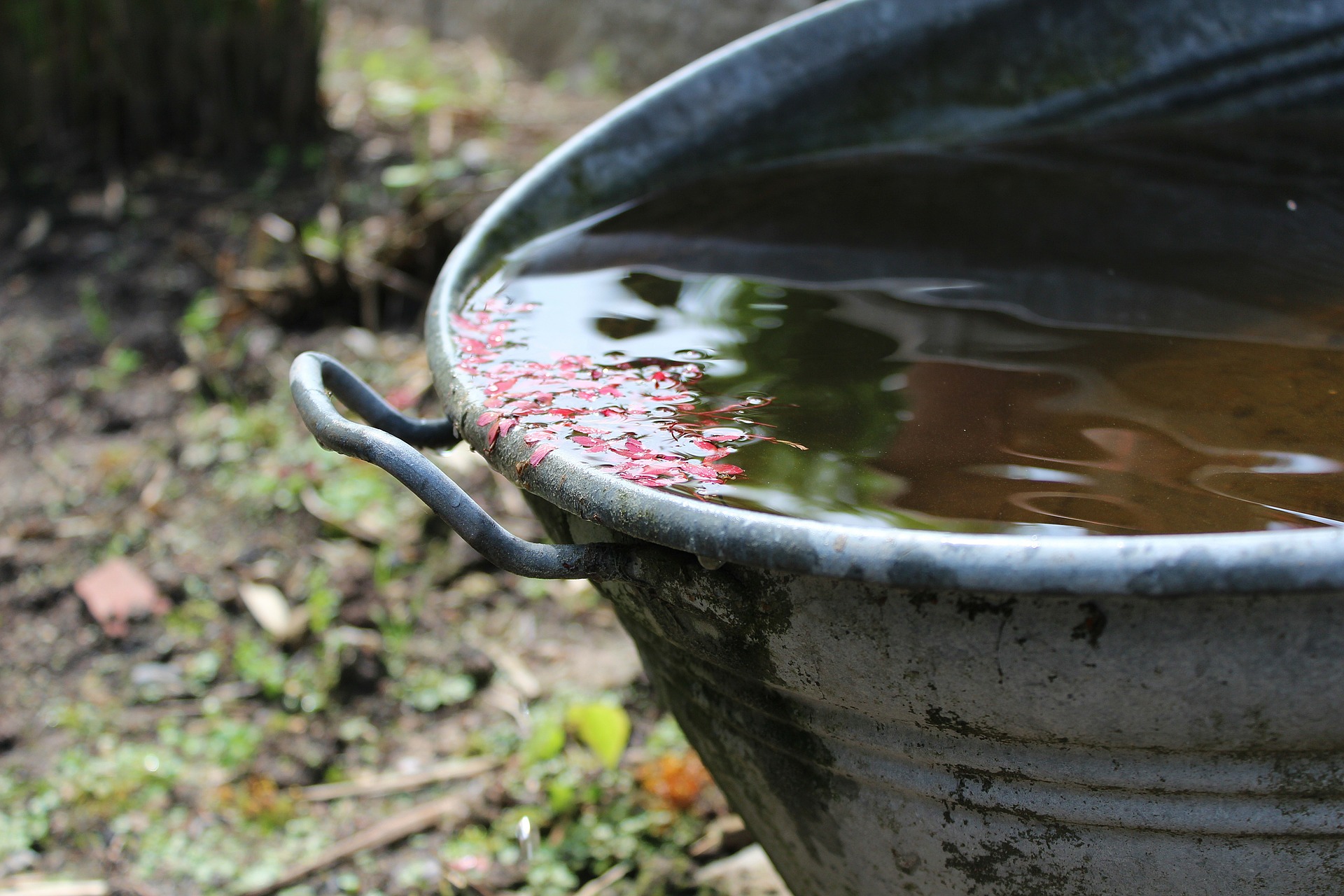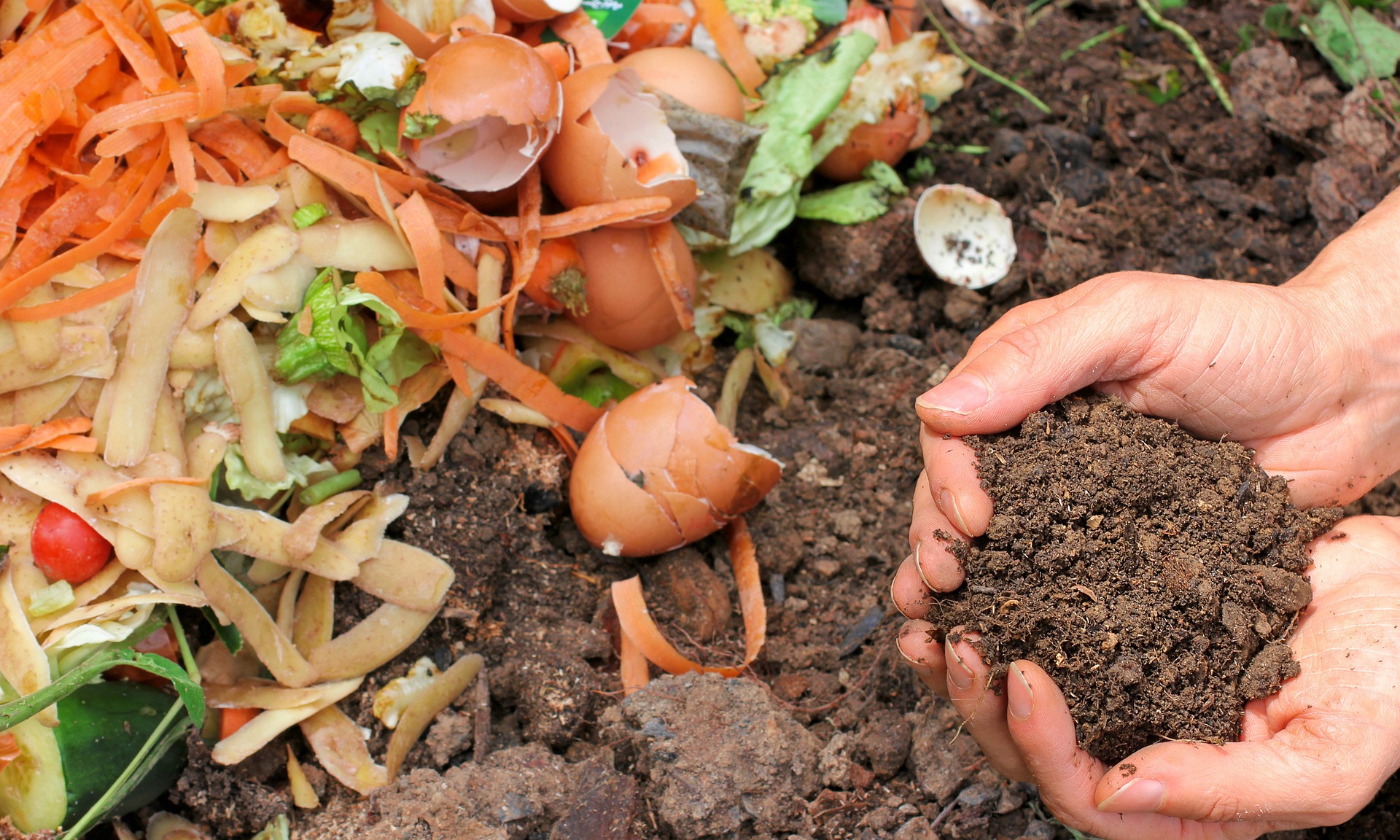According to experts, embracing the principles of regenerative agriculture can not only increase the joy of gardening, but it can also lead to growing healthier, more nutrient-dense produce at home.
We hear a lot about the sustainability of our food. How it’s grown, packaging, compostability, fair labor practices- there are a multitude of factors that make what we eat “sustainable.” Not to confuse matters, but as it turns out, there’s a new (old) way of growing food that has the possibility to be even better than sustainable-we are aiming for food systems that are regenerative.
Regenerative agriculture, put simply, is a way of farming that not only protects our valuable land and soil, but may actually improve the health of the soil and, therefore, assist with carbon sequestration. It’s a big topic, and one that is likely not going away anytime soon. Companies like General Mills have pledged to use regenerative practices on a million acres of farmland in the coming decade, and movies like The Biggest Little Farm are starting to help the concept go mainstream.
While it’s good to learn about the basic tenets and how we can support farmers and ranchers who are utilizing them in food production, what about the produce that many of us are already growing in our backyards? Is there a way to apply regenerative principles to the way we garden at home? To find out, we asked Marcus McCauley, farm manager of McCauley Family Farm, a regenerative farm in Boulder and founder of Foremother Foods.
What Is Regenerative Agriculture?
The basic principles of the regenerative agriculture approach revolve around treating the soil as a self-nourishing ecosystem that benefits the environment through its own healing process. According to McCauley, it really comes down to two questions: How can I leave things better than I found them, and what does the land want to be?
“At the core of regenerative is the understanding of the connectedness of nature,” says McCauley. “That we impact and are part of a greater ecological system. The water cycle is connected to the soil, the food web is connected to the carbon cycle, and so on. We are honoring those cycles and reconnecting them while remembering that we are also an integral part of those systems.”
How to Practice Regenerative Gardening at Home
“Just by starting a garden in your backyard you are being regenerative because you are maximizing the proximity of the provisioning of resources, which is how ecologies function,” says McCauley. It can’t get much more local than eating a cucumber grown in your own backyard, which has a significant impact on both local and global ecosystems.
Beyond that starting point, there are additional steps you can take when designing your home garden to maximize the ecological benefits through regenerative principles. Here are McCauley’s top tips for bringing regenerative agriculture principles into your own backyard.
Think in Systems
“In my backyard,” says McCauley, “I approach it creatively by asking how can I build systems (water, soil, animal/bird, human) and link them to the broader systems that surround me?” For example, that might mean catching rainwater to use for watering your garden, reducing runoff and the need for additional water inputs during the drier months.
Start a Compost
Another way to embrace the school of thought behind regenerative agriculture is through the utilization of compost. Regenerative agriculture is all about soil health, and incorporating compost into your soil is one the best ways to add in nutrients and increase soil’s fertility. McCauley suggests taking it one step further by making your own compost at home from kitchen scraps rather than buying it from a store, sourcing your own fertility from your kitchen and starting to create a closed-loop system right at home. If that’s not feasible, composted manure from your local gardening store is a great option.
Embrace No-Dig Gardening
One regenerative agriculture principle you may have heard of before is “no-till farming.” The general idea is that tilling, or turning over and breaking up the soil, disturbs root structures and disrupts the rich system of worms, bacteria, and other matter that has developed over time. By avoiding this, you can leave the natural processes in place and have healthier soil (and crops). You can bring this same idea home, increasing the vitality of your soil while saving yourself a backbreaking step in getting your garden ready each year.
Most no-dig gardening techniques rely on laying down a thick layer of organic matter over the area you wish to plant into, preventing weeds from growing and providing the soil underneath with nutrients. The result? Healthier, more productive soil that gets even better each year-and with less work.
Be Mindful of Other Impacts
Finally, McCauley recommends not neglecting the rest of your yard. While you may be focused on the food-growing portion of your property, runoff of fertilizer and pesticides from other parts of your lawn have a big impact on local and downstream ecologies, which could outweigh the good you’re doing in your garden.
This article was written by Laura Fisher from Real Simple and was legally licensed through the Industry Dive publisher network. Please direct all licensing questions to legal@industrydive.com.
![]()









